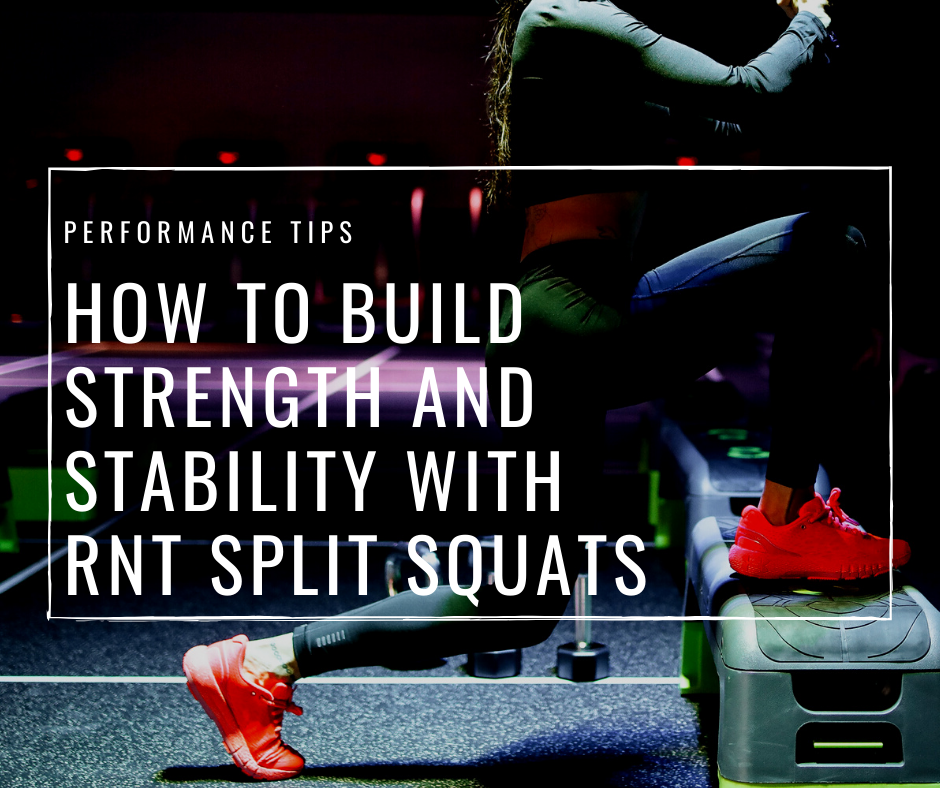How To Quickly Improve Breath Control For A Performance Boost
In any enduring activity, effective breath control is critical to performance. The more oxygen you can get to you muscles, the better the chance that you can stay aerobic and sustainable.
A key, but often overlooked aspect of this is breath control: how many breaths to take? How often? Which part of the movement allows for better oxygen intake?
We worked on breathing with respect to rowing recently in an competitors class at Quantum Crossfit, and one member had this to say:
“I really noticed how that breathing technique played into the rowing - especially towards the last 2 rounds. I found it helped me to refocus and not struggle while gasping for air.”
Obviously something clicked right away. It might take you longer than one session to start putting these pieces together, but for optimum performance, this is a very powerful piece of the puzzle.
Here's a quick video of some breathing drills with respect to rowing.
Here are some points to remember about the power of breath control:
- Every cyclical movement has it's own rhythm, so your breath control needs to be different for each. Running is different from rowing, which is different from burpees, skiing, and sport specific movements like grappling techniques. Obviously this example is with rowing, but you can use the basic idea for just about anything.
- You want to practice breath control in non-fatigue based settings first, so you can get used to the correct rhythm without chasing a clock or worrying about peak performance. It is a skill, and it takes practice. [Here are a few notes about skill acquisition in a previous blog post.] As you improve, you can test your ability to control breathing under more difficult conditions: faster paces, longer work periods, across multiple sets, and while alternating between multiple different movements.
- A big goal of this practice is to be able to get comfortable when you're fatigued, and obviously to improve oxygen availability to the working muscles. In fact, studies show that rhythmic breathing leads to a lower rate of perceived of exertion. If/when you're breathing gets very hard or feels out of sync, you can immediately default to the breath control strategy you've been practicing. You'll know that you're getting in as much oxygen as you can, and that you're doing it in a way that's familiar, systematic, and effective. This is a huge confidence and performance booster when you get into deep water. To know that you've been there before, and that you know how to quickly get into a sustainable rate of work and rate of breathing is huge.
- At first, finding the right breath control methods for the movement you're working on can be difficult. Keep at it. Every movement has it's own positions and timing. Sometimes it will be harder to breath, other times there will be an opportunity. Keep working at it until you find those opportunities for oxygen uptake.
- Breath control is essential to performance. To some it comes naturally and doesn't need to be taught. But, if it doesn't come naturally to you, you must practice it. Otherwise, you're setting yourself up to fatigue earlier that you should since your gas exchange will be poor. We know that elite athletes take in more breaths per minute than untrained individuals, and that higher respiratory rates not only improve oxygen flow, but (importantly) help remove CO2 build-up. This allows you to stay more aerobic/sustainable at higher speeds.
In rowing, for example, if you have trouble coordinating two breaths per stroke in rowing, you're going to have a big problem. Trained athletes can sustain around 70 breaths per minute. If you can only comfortably do one breath per stroke, you'll never get anywhere near that.





















